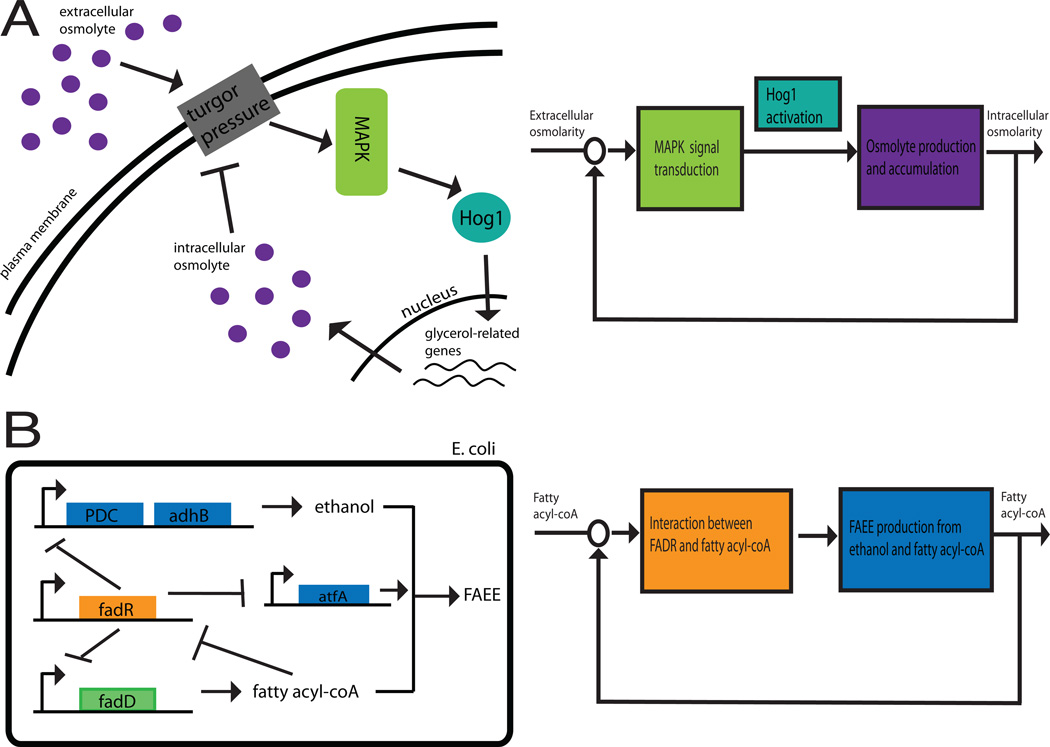Figure 1. Feedback control in natural and engineered cellular systems.
In systems implementing feedback control, the deviation of a measured output from a desired set-point is assessed. A control algorithm uses this value to compute a corrective action, which when input into the system, regulates its output to the desired set value. Natural and engineered biological systems make use of this type of homeostatic feedback control. (A) The yeast osmoregulation system demonstrates feedback control. Disturbances to extracellular osmolarity cause a change in turgor pressure from a steady-state value. Deviation from this value activates MAPK signaling and Hog1 nuclear import, which in turn activates Hog1-dependent synthesis of glycerol. Glycerol accumulation restores the turgor pressure to its pre-perturbation value6. (B) The FAEE biosynthetic pathway has been engineered in E. coli to exhibit homeostatic feedback control. In this system, accumulation of fatty acyl-coA is sensed by fadR which adjusts the expression of enzymes, allowing for greater production of FAEE. Increased consumption of fatty acyl-coA during FAEE production reduces fatty acyl-coA levels, therefore enacting a negative feedback loop24.

